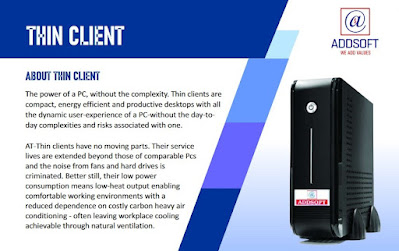In the digital age, where smartphones have become an indispensable part of daily life, the demand for convenient and accessible charging solutions is on the rise. Mobile charging kioskhave emerged as a solution to this need, providing users with a convenient way to recharge their devices on the go. Let's explore the benefits, uses, and key features of these innovative charging stations.
Benefits of Mobile Charging Kiosk:
Convenience in Public Spaces:
• Mobile charging kiosk offer a solution to the common problem of low battery levels when people are out and about. Whether in shopping malls, airports, transit stations, or event venues, these kiosks provide a convenient way for individuals to charge their devices without the need to carry their chargers.
Enhanced Customer Experience:
• Businesses and public spaces that provide mobile charging kiosk enhance the overall experience for their visitors. It shows a commitment to customer satisfaction, allowing individuals to stay connected and engaged without worrying about their device's battery life.
Emergency Preparedness:
• In emergency situations, having a charged mobile device can be crucial. Mobile charging kiosk contribute to public safety by ensuring that individuals can keep their phones charged, enabling communication and access to emergency services during critical times.
Brand Visibility and Engagement:
• For businesses, offering mobile charging kiosk provides an opportunity for brand visibility and engagement. Users spend time near these stations, creating a captive audience that can be exposed to branding messages, promotions, or advertisements displayed on the kiosk.
Sustainability:
• Some mobile charging kiosk are designed to be environmentally friendly, incorporating features like energy-efficient charging and materials that are recyclable. This aligns with the growing emphasis on sustainable practices in various industries.
Use of Mobile Charging Kiosk:
Public Spaces:
• Mobile charging kiosk are commonly found in high-traffic public spaces such as airports, train stations, bus terminals, shopping malls, and entertainment venues, where people often need to charge their devices on the go.
Events and Conferences:
• Organizers of events and conferences deploy mobile charging kiosk to cater to the needs of attendees who may be using their devices extensively throughout the event.
Retail Environments:
• Retailers integrate mobile charging kiosk into their stores to encourage customers to spend more time shopping, knowing that their devices can be charged conveniently.
Workplaces:
• Some forward-thinking workplaces incorporate mobile charging kiosk in common areas to provide employees with a convenient charging option during breaks or meetings.
Features of Mobile Charging Kiosk:
Multiple Charging Ports:
• Mobile charging kiosk typically come equipped with a variety of charging ports to accommodate different device types, including USB-A, USB-C, and wireless charging options.
Secure Lockers:
• To ensure the safety of users' devices, some charging kiosks are equipped with secure lockers where individuals can leave their devices charging while engaging in other activities.
Branding Opportunities:
• Many mobile charging kiosk feature customizable branding surfaces, allowing businesses and event organizers to display their logos, advertisements, or promotional messages.
Remote Monitoring and Management:
• Advanced mobile charging kiosk may include remote monitoring capabilities, enabling operators to track usage, monitor battery health, and perform updates or maintenance remotely.
Contactless Payment Integration:
• In some cases, mobile charging kiosk offer contactless payment options for users who wish to pay for the charging service, providing an additional revenue stream for operators.
In conclusion, mobile charging kiosk have become an integral part of the modern urban landscape, offering a solution to the growing need for on-the-go charging. With their numerous benefits, diverse applications, and innovative features, these kiosks play a crucial role in keeping individuals connected in an increasingly mobile-centric world.




